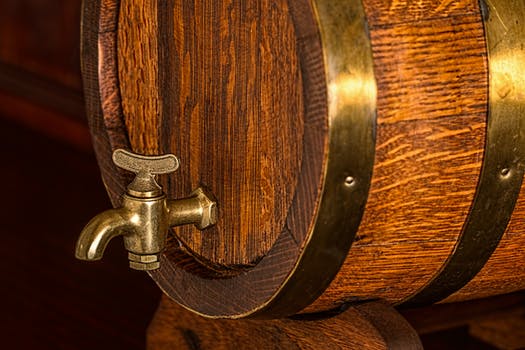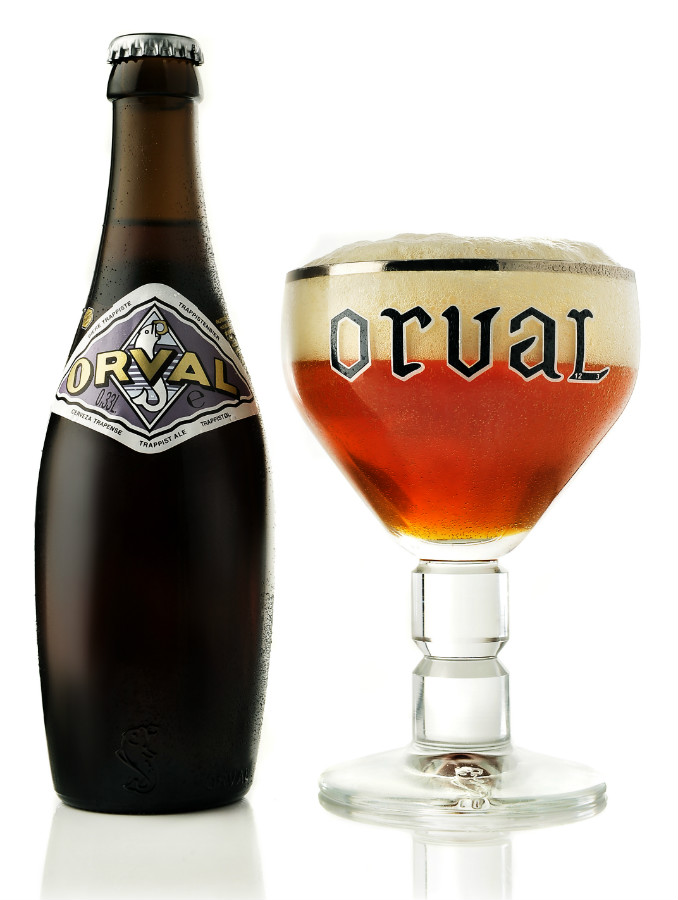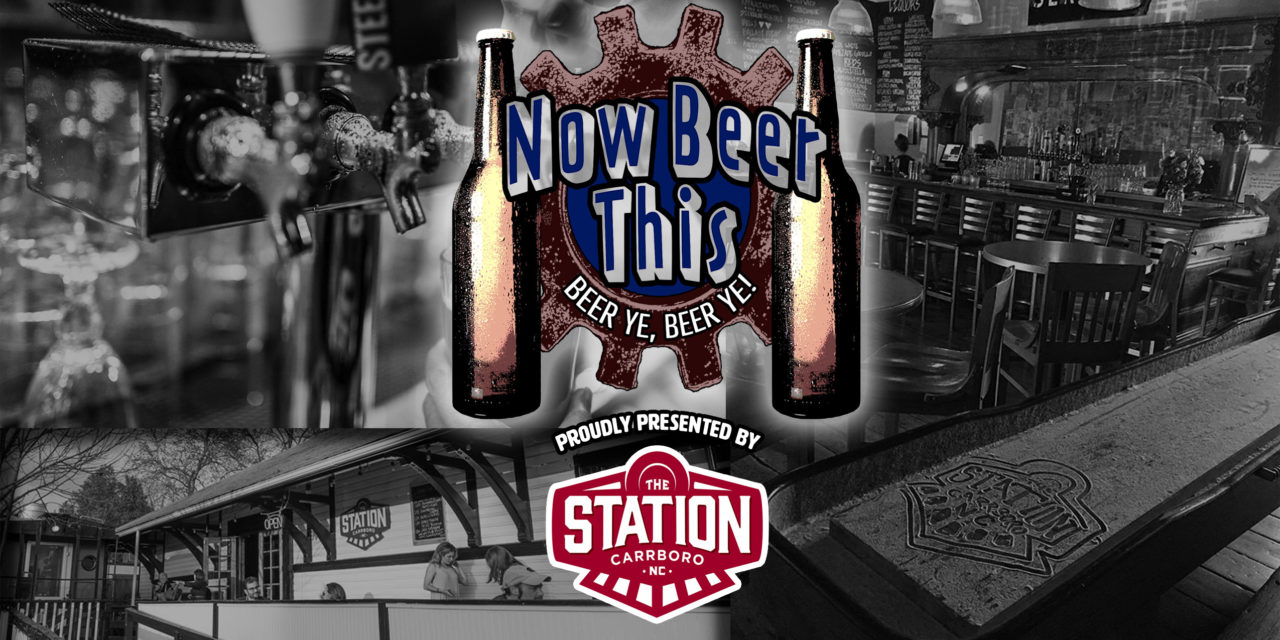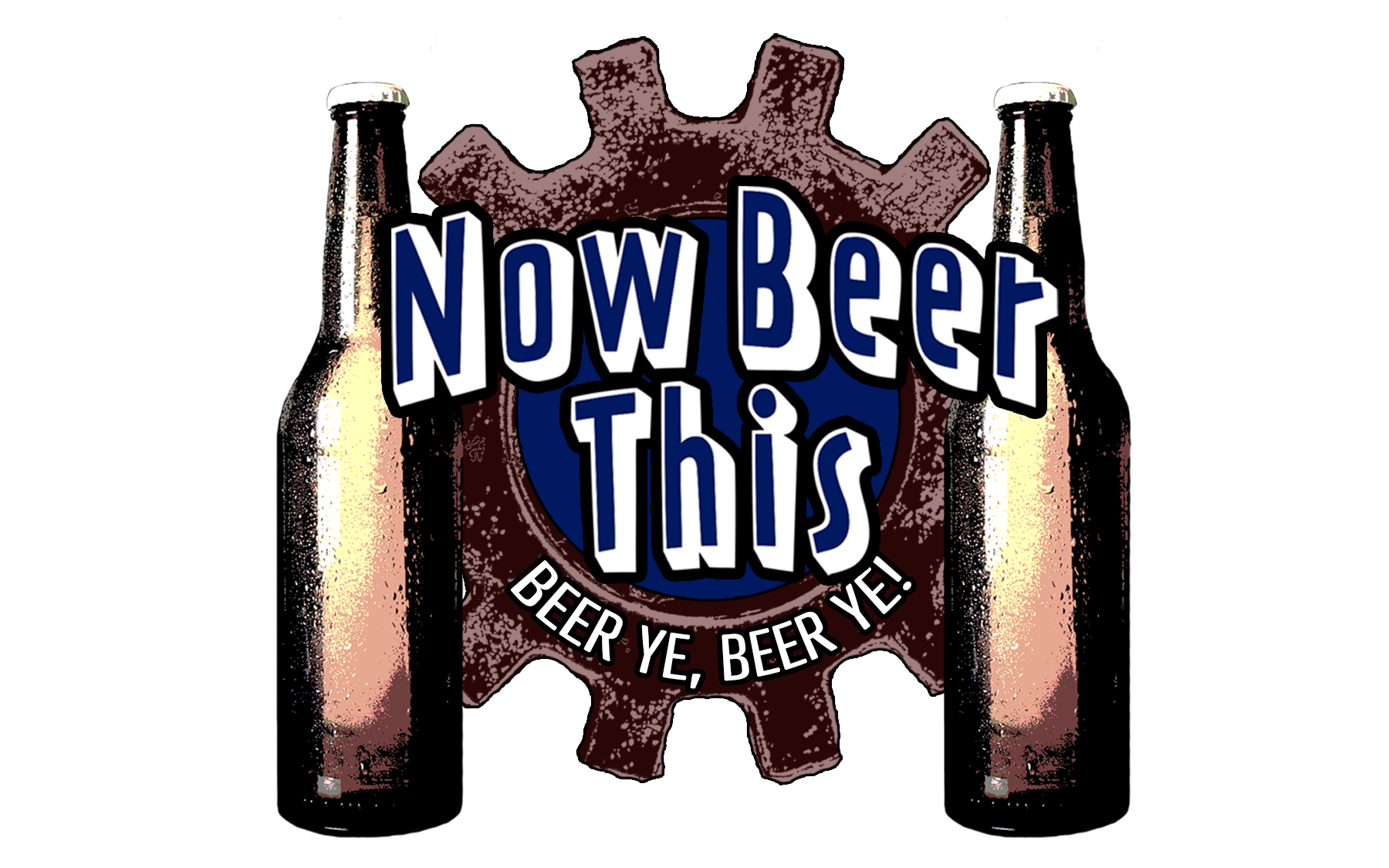 You’re sitting at the bar, enjoying your local IPA, and some lonely rando, desperate to belch his beer knowledge on anyone with ears, interrupts your reverie: “That’s great, but have you tried (insert Belgian beer here)? Belgian beer is where it’s at.”
You’re sitting at the bar, enjoying your local IPA, and some lonely rando, desperate to belch his beer knowledge on anyone with ears, interrupts your reverie: “That’s great, but have you tried (insert Belgian beer here)? Belgian beer is where it’s at.”
To beer geeks, Belgium is our Mecca. But why? What makes the product of the divorce of France and the Netherlands so important to beer culture? Why, for the love of all things holy, won’t people shut up about Belgian beer?
Let me explain… no, let me sum up what makes Belgian beer so alluring, so seductive. Belgian beer is in absolute diametric opposition to the recent history of American Industrial lager — and I mean that from a brewing tradition standpoint, one cannot help but think of the irony of Belgium also being the home of AB-InBev.
For decades, we were brainwashed to think that beer was a super-fizzy, yellow-ish, unappealingly bitter drink consumed almost solely at the point of peer pressure. Options were limited to variations on that depressing theme. Then the craft brewing scene emerged, and it slowly began to remind us that beer could be so much more than bitter corn soda. We marveled at the deep malt sweetness and bracing bitterness of the IPA, the hearty warmth of a stout, the nutty goodness of brown ales. There were tons of beer styles to choose from, and there was much rejoicing.
 Belgium takes that experience, puts it on a potent LSD and Turinabol cocktail, and it goes to a whole new level. What makes Belgian beer so special is that they, too, have some wacky beer styles, but there is an unwritten rule of freedom that Belgian brewers enjoy; they are not bound by style rules. Freedom of expression is not only allowed, it is encouraged, dare I say expected. Different cities, different brewers, different monasteries (that’s another article) put their own twists on styles we recognize, and often simply go off on their own and make their own thing. But this expression is informed by centuries of deep tradition and experience, so it’s not just “Imma dump some basil up in here and see what happens” kinda brewing. Their twists are tried, true, and triumphant. The Belgium brewing scene is, if you can imagine this, a refined version of a no-holds-barred underground fight club compared to the rest of the brewing world. Here are a few examples with ever-so-brief tasting notes:
Belgium takes that experience, puts it on a potent LSD and Turinabol cocktail, and it goes to a whole new level. What makes Belgian beer so special is that they, too, have some wacky beer styles, but there is an unwritten rule of freedom that Belgian brewers enjoy; they are not bound by style rules. Freedom of expression is not only allowed, it is encouraged, dare I say expected. Different cities, different brewers, different monasteries (that’s another article) put their own twists on styles we recognize, and often simply go off on their own and make their own thing. But this expression is informed by centuries of deep tradition and experience, so it’s not just “Imma dump some basil up in here and see what happens” kinda brewing. Their twists are tried, true, and triumphant. The Belgium brewing scene is, if you can imagine this, a refined version of a no-holds-barred underground fight club compared to the rest of the brewing world. Here are a few examples with ever-so-brief tasting notes:
Pauvel Kwak – This deep amber, malt forward, 8.4% powerhouse of an ale tastes exactly what would happen if you decided to make French Toast into beer.
Delirium Tremens – Ever wondered what it would be like if you lived in an alternate universe where malt liquor was made with fine ingredients and tasted good? Guess what? You do.
La Chouffe Golden Ale – I will describe this beer with math: IPA – hop aroma + Beligan yeast + coriander x gnomes = you’re drunk, go home.
Lindemans Framboise Lambic – This wheat beer is fermented in a gigantic, shallow, open container. And by that I mean they let whatever wee buggies happen to float into it do so. The result is a beer so tart that they’re forced to combine it with sweet fruits of the forest to make it palatable. And it works! It is exquisite! But how? If you are in your forties and have a secret love of Boones Farm, you can drink this and still be cool.
Orval – This is my favorite of the Trappist Monasteries’ offerings. These monks make what might be the perfect beer. A perfectly balanced ale with that spicy bite you get from most Trappist offerings, the addition of Brettanomyces offers what I’ll call a unique aroma/taste profile that I happen to adore. Go buy 2 immediately. If you don’t like it, give me the other one.
Now go have some fun with some Belgian beers and let me know what you think.




